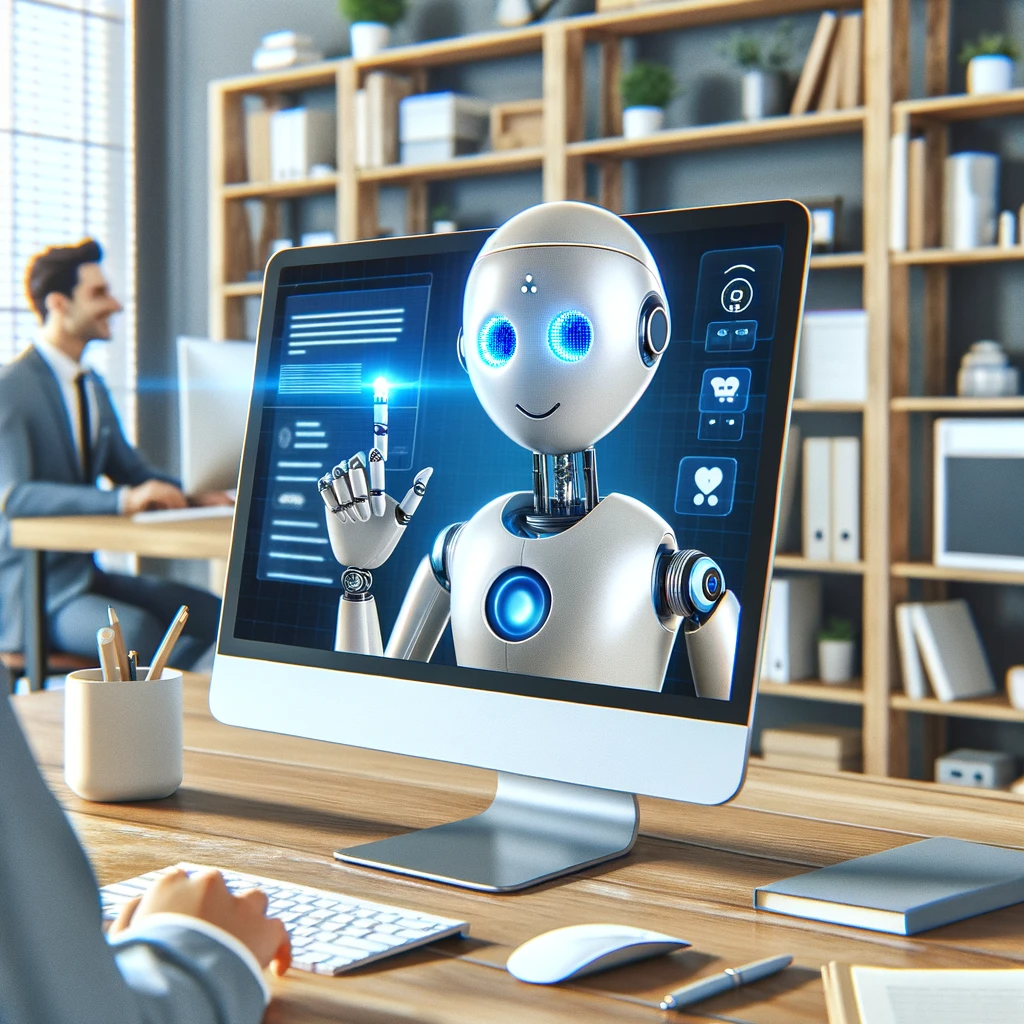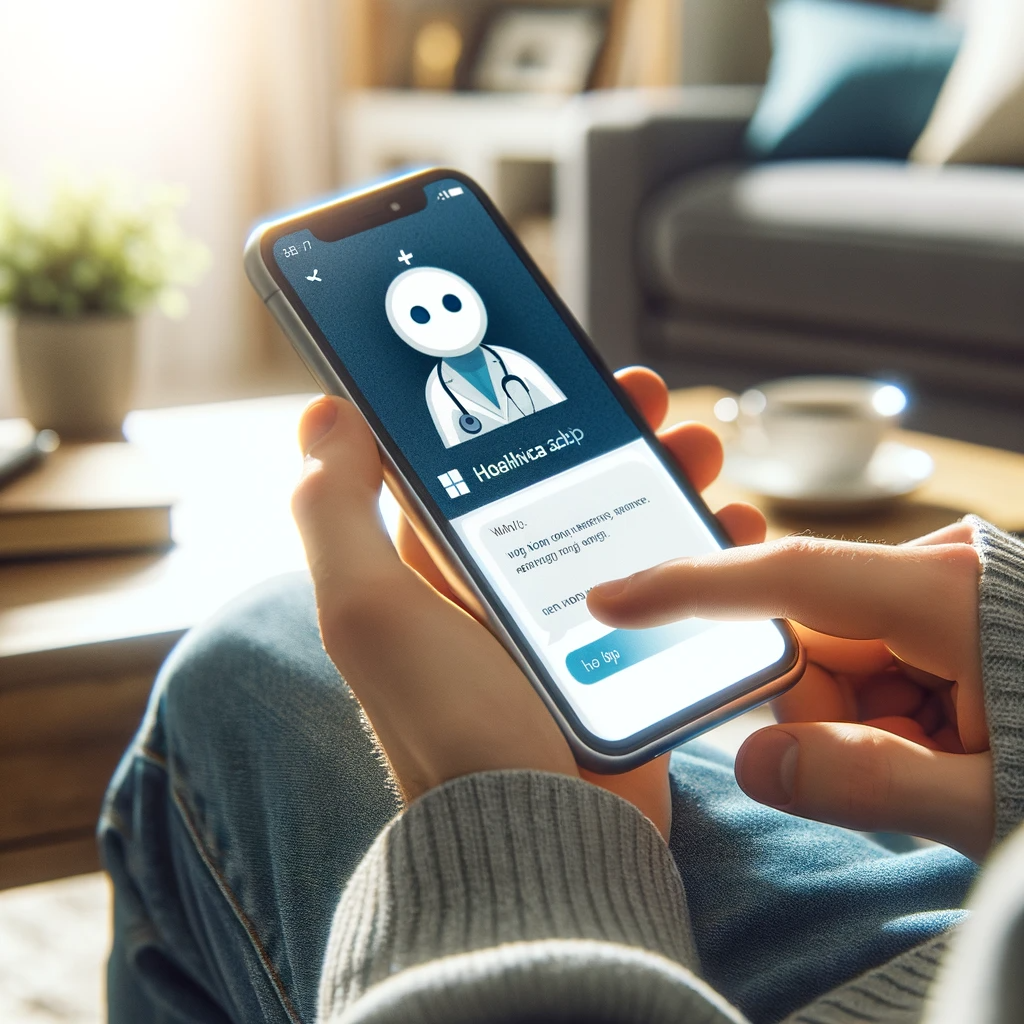Advancements in the field of chatbots in 2024 have truly transformed how we interact with technology. As someone deeply involved in this rapidly evolving field, I want to share with you the fascinating world of prompt engineering and its significance in our digital lives.
Prompt engineering is all about teaching chatbots the nuances of human conversation. It’s the skill behind crafting responses that make interactions with AI feel more natural and less robotic. Think of it as the script a chatbot follows, guiding it on how to reply in various situations, from the simplest greetings to handling more complex topics.
Chatbots have become essential in our digital world. They’re the ones answering your queries on websites, helping you shop online, or offering customer support. They work tirelessly, day and night, to make our online experiences smoother and more efficient.
In 2024, we’ve witnessed some remarkable strides in chatbot technology. Chatbots are no longer just about answering questions; they now understand context, recognize user preferences, and can even sense emotions to some extent. These advancements aren’t just technical upgrades; they’re reshaping our digital interactions, making them more personalized and intuitive. Let’s delve deeper into how these innovations came to be and what they mean for the future of our digital conversations.
Historical Context
Let’s take a step back and see how we got to this exciting point in chatbot technology. It’s a journey that’s as fascinating as the technology itself.
Chatbots have come a long way since their early days. Remember when asking a simple question online led to frustrating, irrelevant answers? Those days are behind us. Over the years, chatbots have evolved from basic, scripted responders to intelligent assistants capable of engaging in meaningful conversations. Up until 2023, we saw them get smarter, quicker, and more intuitive. Each step forward made them more integrated into our daily digital experiences.
Prompt engineering, the backbone of modern chatbots, didn’t just appear out of nowhere. It grew out of a need for more natural and relevant interactions with AI. In the beginning, chatbots followed simple, pre-written scripts. But as our conversations got more complex, the scripts couldn’t keep up. That’s when the real work began, transforming these scripts into dynamic, responsive prompts that adapt to the conversation’s flow. The development of prompt engineering was a game-changer, turning stiff, mechanical responses into fluid, human-like interactions.
There have been several key milestones along the way. First, the shift from rule-based to AI-driven responses. Then, the integration of machine learning, which allowed chatbots to learn from interactions and improve over time. And let’s not forget the introduction of emotional intelligence capabilities, where chatbots began to recognize and respond to the emotional tone of the user. Each of these milestones brought us closer to the highly sophisticated chatbots we interact with today.
Looking back at this journey, it’s clear that the evolution of chatbots and prompt engineering is a story of relentless innovation and a deep understanding of human communication. It sets the stage for the incredible advancements we see in 2024, which I’ll dive into next.
Breakthroughs in 2024
Now, let’s explore the exciting breakthroughs of 2024 that have significantly upped the game in the world of chatbots. These advancements aren’t just technical achievements; they represent a leap towards a future where technology understands us almost as well as we understand each other.
A. Advanced Natural Language Processing (NLP)
Improved Understanding of Context: This year, chatbots have made incredible strides in understanding context, something that was a big challenge before. It’s like having a conversation with a friend who remembers past discussions. Chatbots now grasp the context from earlier in the conversation, leading to more relevant and coherent responses.
Enhanced Ability to Parse Complex Queries: Gone are the days of phrasing everything perfectly for a bot to understand. Now, they can handle our natural, often messy way of speaking. They can dissect complex questions and still make sense of what we’re asking. It’s a bit like having a super-smart buddy who can untangle any question you throw at them.
B. Adaptive Learning Algorithms
Real-Time Learning from User Interactions: One of the most impressive things about modern chatbots is their ability to learn on the fly. Every interaction helps them get better. They’re constantly updating their knowledge base from the conversations they have, making each interaction smoother and more informed than the last.
Tailoring Responses to Individual Users: Chatbots in 2024 are not just smart; they’re also personal. They remember your preferences and tailor their responses accordingly. If you’ve ever felt like a chatbot just ‘gets you,’ it’s because they’re designed to adapt to individual users, offering a personalized experience like never before.
C. Integration of Emotional Intelligence
Detecting User Emotions: This year, chatbots have begun to detect and understand emotions in a conversation. They can tell if you’re frustrated, happy, or confused, and adjust their responses to suit your emotional state. It’s a bit like having a friend who knows just what to say when you’re feeling a certain way.
Responsive and Empathetic Chatbot Interactions: As a result of this emotional intelligence, chatbot interactions have become more empathetic. They respond in a way that’s not just factually accurate but also emotionally in tune with your state of mind. It’s a huge step in making our interactions with AI more human-like and genuinely supportive.
The leaps made in 2024 have truly transformed the landscape of chatbot technology. It’s not just about better answers anymore; it’s about creating a more human, understanding, and personalized digital companion. These advancements are paving the way for a future where our interactions with technology are as natural and intuitive as with our fellow humans.
Case Studies
Let’s get real-world and look at how these advancements are playing out in specific industries. The impact is tangible and truly transformative, especially in the realms of retail and healthcare.
Retail Industry Chatbots
Personalized Shopping Experiences: Picture walking into a store where the assistant knows your style, size, and preferences. That’s what retail chatbots are doing online in 2024. They’re like personal shoppers, suggesting products based on your past purchases and preferences. It’s not just about selling; it’s about creating a shopping experience that feels tailored just for you.
Customer Service Improvements: Dealing with returns or questions about a product used to be a hassle. Now, retail chatbots have made these interactions smoother and more user-friendly. They handle inquiries efficiently, provide updates on orders, and even help with troubleshooting. It’s like having a customer service wizard at your fingertips, making shopping online a breeze.
Healthcare Chatbots
Patient Interaction and Care: Healthcare chatbots have become a game-changer for patient care. They’re like virtual health assistants, offering advice on common health issues, reminding patients to take their medications, and even helping with appointment scheduling. For many, they’re a reassuring presence, offering guidance and support in managing their health.
Handling Sensitive Health Inquiries: One of the most remarkable things about healthcare chatbots in 2024 is their ability to handle sensitive topics with care and understanding. Whether it’s mental health concerns or delicate health questions, they provide a safe space for patients to seek information and support. It’s a blend of technology and empathy, providing discreet and sensitive responses to those who might be hesitant to seek help otherwise.
In both these industries, chatbots aren’t just tools; they’re becoming partners in providing better experiences and care. They show how technology, when thoughtfully applied, can enrich our lives in very personal ways. The impact is significant, making everyday tasks easier and providing support that was once hard to come by.
Ethical and Privacy Considerations
When we talk about the advances in chatbot technology, it’s important to also think about the ethical side of things, especially around privacy and how we use AI.
First off, let’s talk about keeping data safe. Chatbots now handle a lot of personal information, and it’s super important that this info is kept secure. Think of it like someone you trust with your secrets; you want to be sure they won’t spill them. Companies are really putting a lot of effort into making sure that the data we share with chatbots stays private and isn’t misused.
Then there’s the question of how we use AI and our information in a way that’s fair and right. As chatbots get smarter, they need to know where the line is between being helpful and being too nosy or intrusive. It’s all about making sure they’re there to help us, not to cross any lines or make us uncomfortable.
And finally, there’s finding the right balance between being efficient and keeping that human touch. Chatbots are great because they’re quick and always there, but we don’t want to lose that human connection you get in a real conversation. It’s like having a good assistant who knows when to help out and when to step back and let the human interaction take over.
Dealing with these ethical and privacy issues is something we need to keep working on. It means we have to keep talking about it, keep learning, and keep making changes. As technology moves forward, our understanding of these issues needs to keep up. We’re aiming for a world where chatbots are not just smart and handy but also trusted and respectful.
Summing Up
As we wrap up this exploration of chatbot advancements in 2024, it’s clear that we’ve witnessed some incredible progress. This year has been a turning point in how chatbots interact with us, making our digital experiences more seamless and personalized than ever before.
We’ve seen chatbots become more like understanding companions rather than just tools. They now get the context of what we’re saying, learn from each conversation, and even pick up on our emotions. It’s like having a buddy who’s always there to help, making our online interactions smoother and more enjoyable.
The impact of these advancements on society and our everyday lives is huge. Chatbots are making things easier in many areas, from shopping online to getting healthcare advice. They’re saving us time, helping us make better choices, and in some cases, even offering support and understanding.
Looking back, the evolution of chatbot technology is a story of continuous improvement and innovation. From simple, scripted responses to these sophisticated, empathetic interactions we have today, it’s been quite a journey. And the best part? This is just the beginning. As we move forward, I’m excited to see how chatbots will keep evolving, becoming even more integrated into our daily lives, making technology not just a tool, but a partner that understands and assists us in more ways than we could have imagined.
So, here’s to the future of chatbots – a future where technology doesn’t just work for us, but also understands us.




